Mozambique's gold reserves appreciated by more than 27% in 2024 to 290 ME
Deficit of 86 billion meticais on 2017 budget
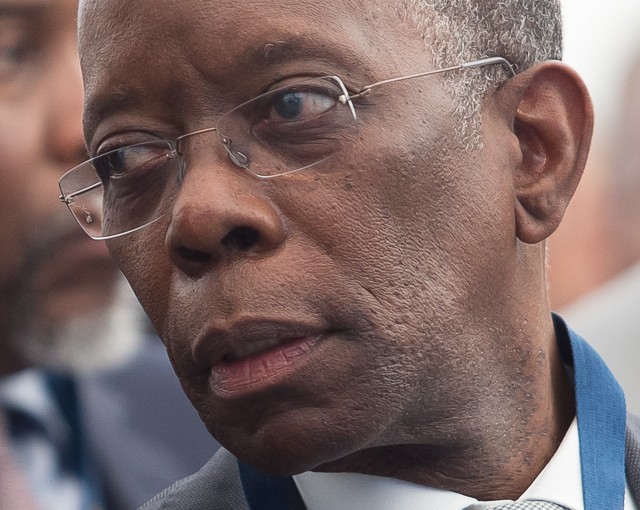
Saint Louis Studio / Steven Le Vourc'h (File photo) / Minister of Finance Adriano Maleiane
The Mozambican government on Wednesday presented to the country’s parliament, the Assembly of the Republic, a state budget for 2017 with a primary deficit, before grants, of 85.955 billion meticais (about 1.2 billion US dollars).
Total revenue envisaged in the budget is 183.147 billion meticais, while forecast public expenditure amounts to 272.288 billion meticais.
Covering this deficit is a challenge, given that all 14 donors and funding agencies who used to provide direct budget support suspended all further contributions last April, in the wake of the scandal of over a billion dollars worth of hidden debt. This debt took the form of loans to the security related companies Proindicus and MAM (Mozambique Assets Management), illicitly guaranteed by the previous government, headed by President Armando Guebuza.

Introducing the budget, the Minister of Economy and Finance, Adriano Maleiane, expected the deficit to be covered mostly by loans – foreign loans (50.8 billion meticais), and domestic loans (21.8 billion meticais). The foreign grants expected shrink from 18.2 billion meticais this year to just over 14 billion in 2017. Maleiane did not say exactly where the foreign loans and grants will come from.
As for the breakdown of expenditure, 68.8 per cent of the total budget (once financial operations and debt servicing have been excluded) goes on economic and social sectors, compared with 64.2 per cent in the 2016 budget. Education takes the largest slice of the budget, accounting for 23 per cent of expenditure (up from 21.7 per cent this year).
Health expenditure, however, declines from 11.7 per cent of the 2016 budget to 10.1 per cent for 2017.
Spending on infrastructure rises from 17.1 to 17.7 per cent of the budget. But within that category, the major increase is for water supply and public works, which take 7.7 per cent of the budget compared to 4.1 per cent this year. Expenditure on roads falls from 11.7 to 8.5 per cent. Mineral resources and energy have much the same share of the budget 1.3 per cent in 2016, 1.4 per cent in 2017.
Agriculture and Rural Development also increase their share of the budget, rising from 7.9 to 8.7 per cent. The share for transport and communications almost triples, increasing from 1.2 to 4.3 per cent.
There is also a substantial increase in expenditure on social welfare and labour rising from 2.6 to 3.6 per cent of the budget. But spending on the judicial system contracts from 1.9 to 1.5 per cent.

Maleiane said that the recruitment of new staff for the public administration is being restricted to education, health, agriculture and the police. In these areas 12,915 new staff will be recruited (compared with 13,733 in 2016). Most of the new employees will be teachers – 8,306, compared with the 9,000 teachers recruited this year.
No money is available for any promotions or progressions along the career structure in the public administration, Maleiane added.
He also promised continued restrictions on the use of goods and services in the public sector – notably on travel, fuel and communication costs. The holding of seminars and sector meetings and the hosting of international event would be “rationalized”, and projects to build or rehabilitate public buildings will be delayed.
The public debt will be tightly managed, the Minister pledged, and will be restructured in order to ensure its sustainability.



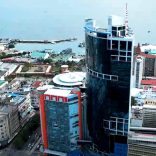

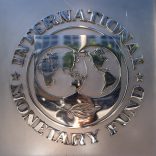


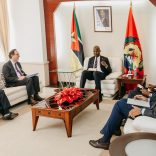
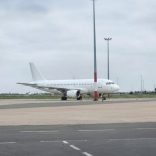



Leave a Reply
Be the First to Comment!
You must be logged in to post a comment.
You must be logged in to post a comment.